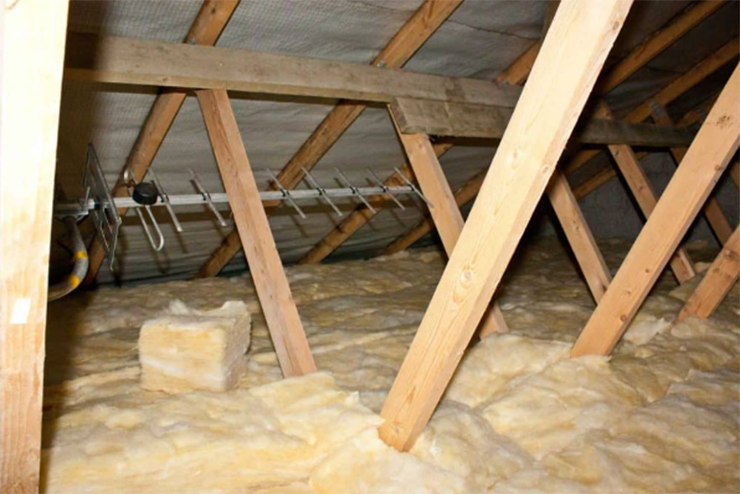Loft Insulation
- Home
- Our Services
- Loft Insulation
The layer of insulation traps heat inside the rooms below the loft, so the air within your property stays warmer for longer. It also keeps cold air from outside entering your property. This means you do not have to heat your home as much to achieve the same temperature in each room

Loft insulation grants
Through the new government scheme ECO 4, grants are readily AVAILABLE to help you get this work done for free!
When the insulation foam is blown into place, it begins to enlarge up to 100 times in size immediately on impact. It then hardens and sets as an all-encompassing blanket of thick insulating material. Both methods were developed to reduce the amount of heat lost from your roof – decreasing the amount of fuel you use for heating or cooling
Loft insulation is a barrier of material in your roof space that traps heat. It can either be laid between the joists (the horizontal beams along the floor of your attic) or the rafters (the angled beams that support the roof).
Either way, it’s like a big cosy blanket that slows down the transfer of heat between your living space and the outside world. Insulation not only warms your home in winter, but keeps it cool in summer.
Other benefits of loft insulation include:
- Lower heating bills
- Improving your home’s energy efficiency rating
- Increasing your home’s value
Fitting insulation in your loft, attic or roof space is a great way to improve your home’s cosiness factor. And there’s even more good news: it lasts for more than 40 years! This means it should pay for itself many times over in energy bill savings, as the cost of loft insulation is comparatively low.
In terms of the environmental benefits, having good loft insulation also helps you reduce your home’s carbon footprint. That’s because the better insulated your home is, the more efficient your heating system will be – reducing emissions as well as saving you money on bills.
Loft insulation doesn’t just save you money – it can also reduce your household’s carbon emissions.
Insulating a detached house to 270 mm saves 990 kg of CO2 every year – that’s roughly the equivalent of one return flight from London to New York. If you live in a semi-detached house or on a terrace, you’ll save 550 to 580 kg of carbon dioxide a year.
Many people use their lofts as storage space, but you can’t put boxes on or even lay boards over the insulation – if it gets squashed, it won’t be effective.
If you receive certain benefits, you may be able to insulate your loft for free under the Governments ECO 4 scheme.

